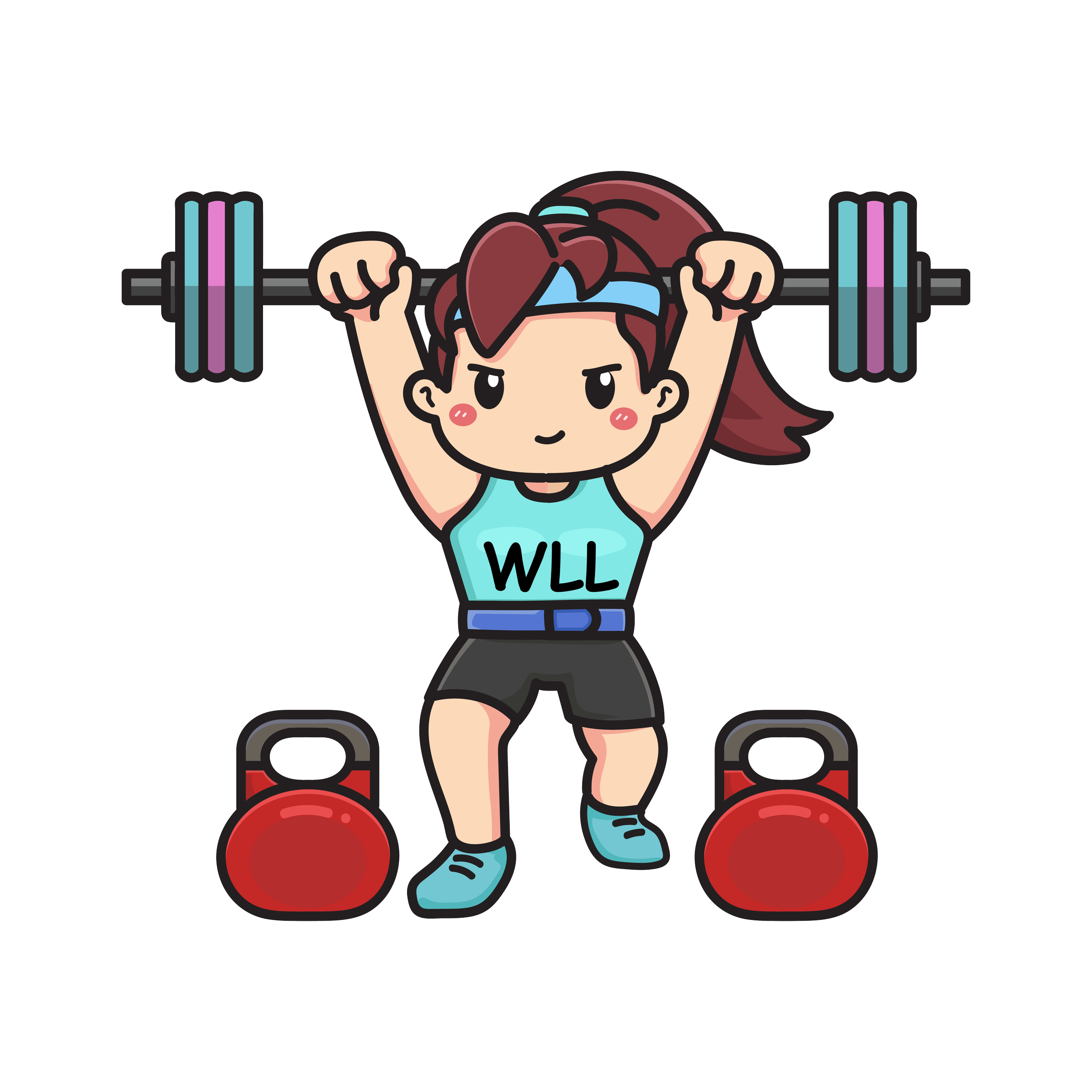What is Mobility?
Mobility is often thought of as a movement we do before a workout. Meaning, we go to the gym and immediately grab a foam roller to address all of the tightness in our tissues. Then when it's time for the next workout, we run through the same process. Now if we did the same strength workout each time, our strength would never improve. This is the same for mobility. If we always do the same mobility work each time, we will find ourselves starting with the same range of motion each and every time.
Take for example a person who cycles often. They tend to have over active quadriceps but weaker hamstrings due to the knee remaining in a relatively flexed state. This causes the muscle belly of the hamstring to get stronger but weaker where the muscle inserts to the bone. Naturally, we might talk ourselves into attending a mobility or yoga class to improve our hamstring flexibility. Now keep in mind that yoga is a great movement modality but its largely a pursuit of passive flexibility. In the world of physiology, you cannot achieve active results with passive inputs. Strengthening a tissue to increase its flexibility requires efforts that are close to 80% of a persons maximum contraction. So while the body can become 'stretchy', the nervous system was not training to maximally activate the muscles in that specific range.
There is this idea that a person who is flexible should be able to use that entire range of motion in the joint or tissue at any time to produce certain movements. However, what neurology tells us is that it is necessary to train the body to access your flexibility, otherwise, flexibility itself is useless. For example, the difference between a rolled ankle and a sprained ankle would amount to how much force the ankle was able to absorb and distribute. If the ankle has a good range of motion AND neurological control, it may just simply roll. If it only has good range with little to no neurological control, it will likely sprain or possibly fracture.
Let's say you are walking your dog and they immediately turn the other way and run after a squirrel. If you only train shoulder extension (arm moving behind you) in low intensity postures like in a yoga class, it doesn't translate into the ability for you to maintain a high amount of neurological output in order to generate the force required to not only keep your arm moving behind you but to not cause it to dislocate. The fundamental approach to physiology is that you have to train for outcomes you desire. So to maintain strength, tissue usability, and to avoid injury, you have to increase flexibility and teach your nervous system how to control the range of motion.
Here is the main lesson: If you train your body on a regular basis, move joints through their full range, add resistance and force to expand ranges of motion, it ensures proper joint health and prepares your muscle, ligaments, and tendons for movement and the daily challenges they may encounter. This helps tell your brain where your body is in space. When your brain has an accurate picture of where you are and what it is capable of, it can then organize cells and tissues and produce movements more efficiently and effectively. If it can't, you end up getting injured and having issues such as chronic back and knee pain.
So what do I need to do?
To start, you have to see how well your joints move. So for example, if you try to touch your toes and your low back feels tight and looks flat, you are lacking flexion in the spine. You might then need to start some basic stretches or even perform a Jefferson Curl, an exercise we often use here at the lift lab. Click the image below for a demo video.
From there, we might combine stretching with isometric loading. This will help the tissue and joint increase its range. Over time, progressively increasing the load and exploring various ranges within the tissue will improve its neurological capacity. Some other examples of mobility movements include:
Hip 90/90
Banded External Shoulder Rotation
Standing Thoracic Spinal Rotation
Deep Squat
What are some mobility mistakes people usually make?
People don't train for specific outcomes. I see people often that say they have 'tight' hamstrings and just take a foam roller and smash out the muscle thinking it will stretch out. They do this for months and still come back to the same result: tight hamstrings. Essentially, people are mobilizing the tissue but are not actively working on their mobility so they end up with zero results.
How much mobility work do I need?
Mobility work should be done everyday, think 10-15 mins of a workout. For example, we program mobility work each training session at the lift lab. It is also beneficial to perform a longer 30-60 minute mobility session once a week. Keep in mind that mobility work isn't just done so you can workout better. It impacts your entire life. From chasing after your kids to getting on your knees to give your dog a bath. Healthy joints and tissues make difficult movements easier. The better you maintain the health of your tissues, the better off you will be in terms of injury prevention, longevity, and overall strength!


